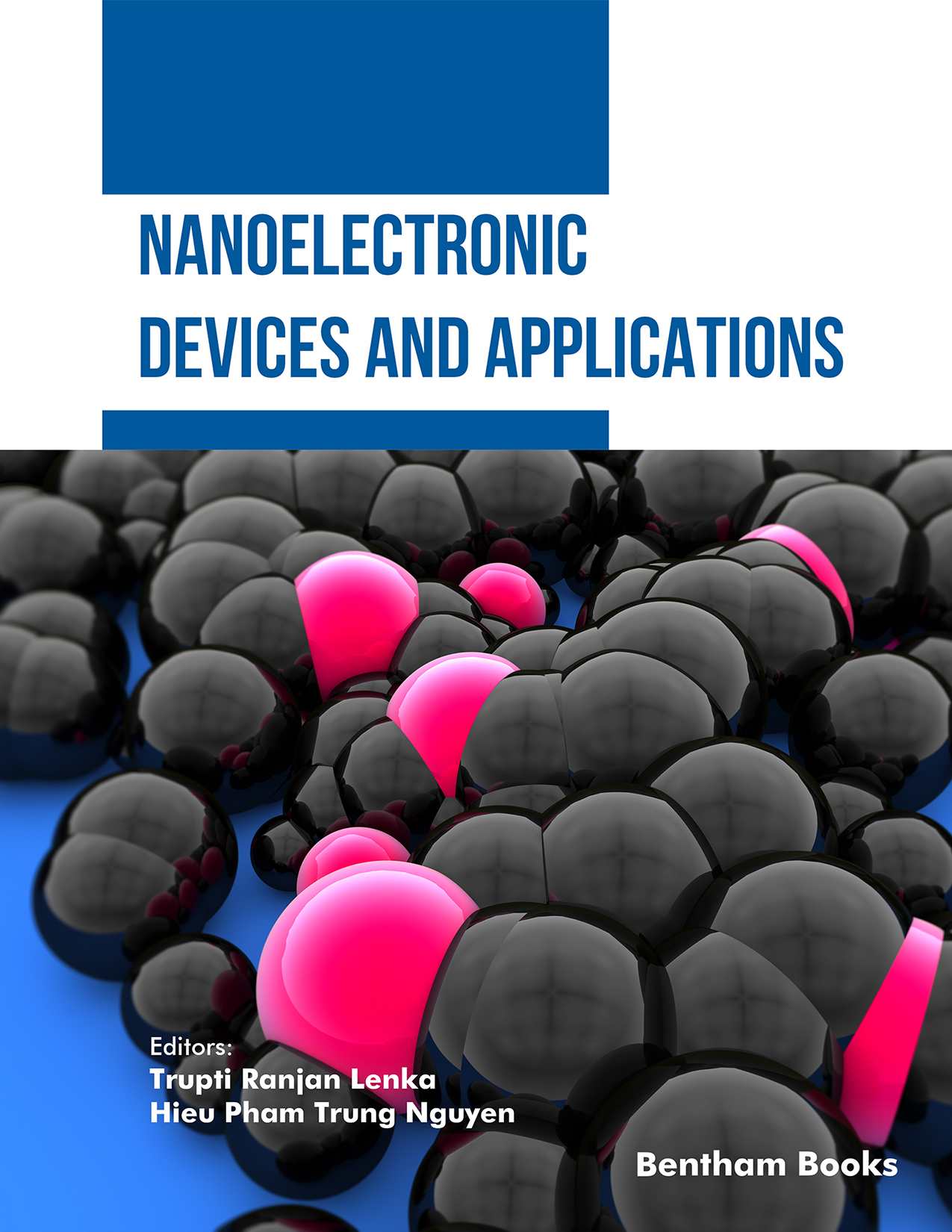Introduction
Nanoelectronic Devices and Applications presents reviews on recent advances in nanoelectronic device design and new directions for their practical use. The volume includes 16 edited chapters that cover novel material systems, band engineering, modelling and simulations, fabrication and characterization techniques, and their emerging applications. The discussions presented in this book are based on current understandings on innovations and future trends, and references are provided for advanced scholars.
Chapter 1 presents an overview of recent innovations and future prospects in III-nitride semiconductor technologies for RF, power, digital and quantum applications. Chapter 2 reports new trends in GaN-based optical devices for sensing and micro-display applications. Chapter 3 shows current interests in nanophosphors and their utilizations in improving device performance of InGaN nanowire light-emitting diodes (LEDs). Recent studies on the effect of potential profile on the carrier transport in AlGaAs based double quantum well structures and their applications are presented in Chapter 4. The recent progress in high-electron-mobility transistors (HEMTs) is presented through Chapters 5, 6, and 7.
A comprehensive review on β-Ga2O3 emphasizing material properties, growth approaches, and its applications for next-generation high-power nanoelectronics; the effect of dielectric layers on the characteristics of AlN/β-Ga2O3 HEMTs are presented in Chapter 8 and 9 respectively. Chapters 10-14 summarize the recent studies in field-effect transistors (FETs) adopting different materials and structures. Chapter 15 presents current research in 2D Tungsten Diselenide (WSe2) with special focus on the material properties, device structures, applications, and challenges. Finally, Chapter 16 presents a systematic review of memristors, and memristive semiconductor devices.
The book is intended as a primary resource for elective subjects in advanced electronics and computer engineering courses at university level. Researchers and industry professionals will also learn about emerging trends and state-of-the-art research in nanoelectronics.
Readership
Students in advanced engineering courses; researchers and industry professionals.

